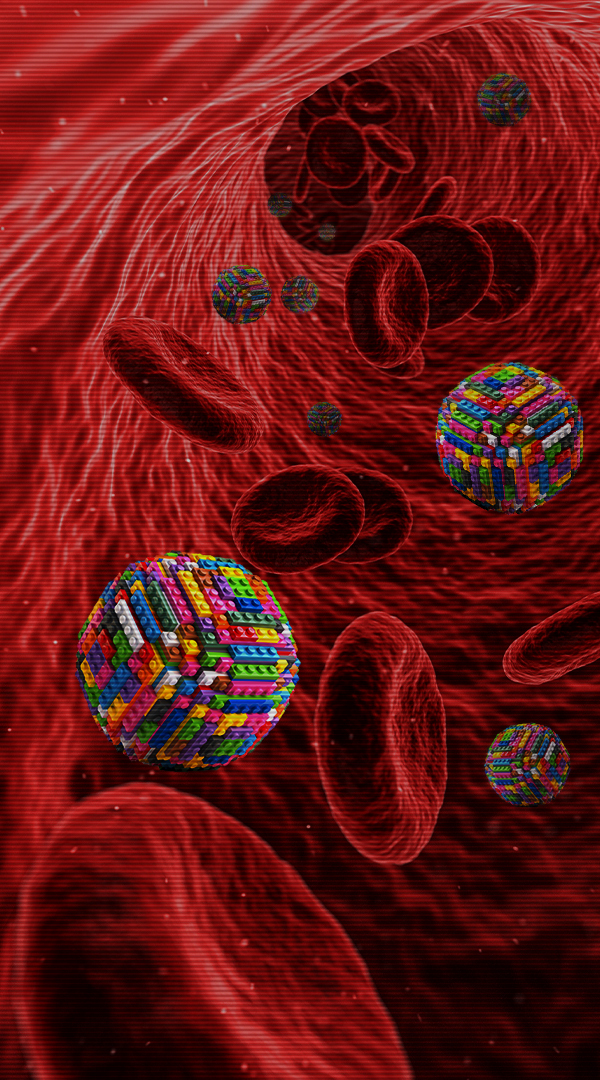Pharmaceutical Industry News
Downstream vs upstream processing
Upstream and downstream processing work in tandem to produce desirable products, such as beneficial pharmaceuticals like medicines or biochemicals. But […]
Oct 21st, 2025

People have rarely been more aware of the value of vaccines than they are right now as a result of COVID-19 and the pioneering work done by Pfizer/BioNTech and Oxford/AstraZeneca.
But, whilst the COVID vaccine is understandably stealing all the headlines, it is not the only vaccine that is being developed and enhanced at the moment.
Great work is also being done with the Flu vaccine – with a recently-announced application of ‘Mosaic Vaccine’ technology.
The mosaic vaccines take pieces of different viruses and combine them – assembling the vaccine rather like clicking Lego bricks together. The benefits of this include creating a broader immune response.
The magazine Genetic Engineering & Biotechnology News reports that a new nanoparticle-based methodology – developed by University of Washington School of Medicine and the Vaccine Research Center, part of the National Institute of Allergy and Infectious Diseases – allows flu vaccines to be assembled from carefully-chosen antigens.
This work follows on from research done by Janssen Pharmaceutical Companies of Johnson & Johnson in combating HIV.
The HIV virus’ ability to elude the body’s immune defenses – and its ability to rapidly mutate into a multitude of viral strains – has led to decades of fruitless attempts to develop a vaccine. But, this new mosaic-based regimen is offering a ray of hope.
The fact that this mosaic vaccine technology is already finding an application beyond HIV research, in the development of robust Flu vaccines, suggests that the technology might have applications across the viral spectrum.
As concerns grow about mutant variants of COVID, might this process also prove a successful defence against the pandemic? Is this the first big leap towards bespoke vaccine solutions?